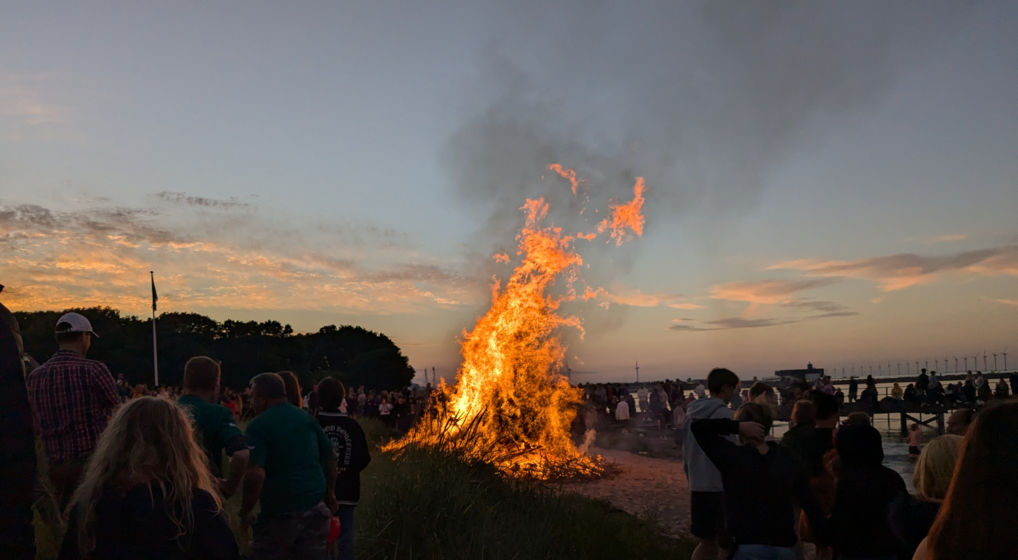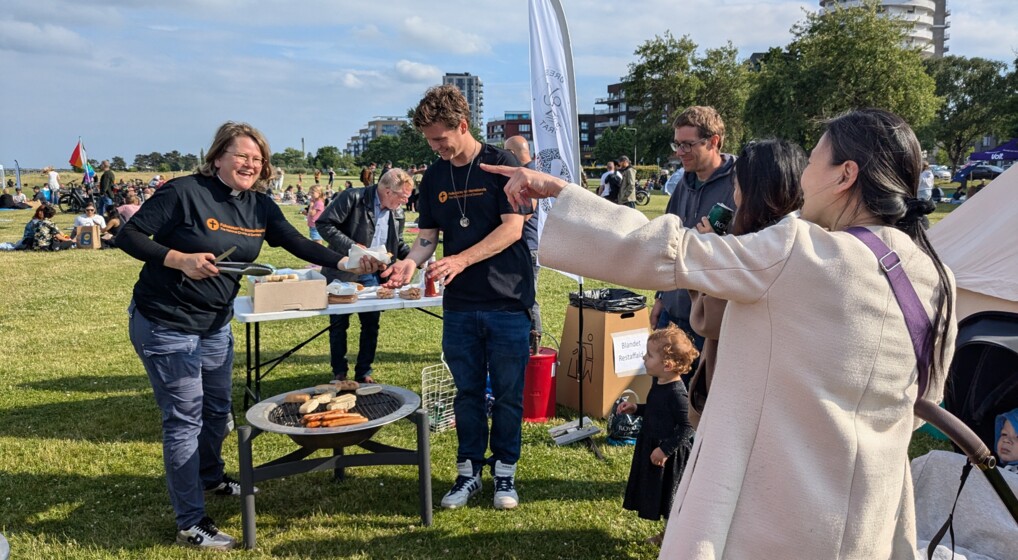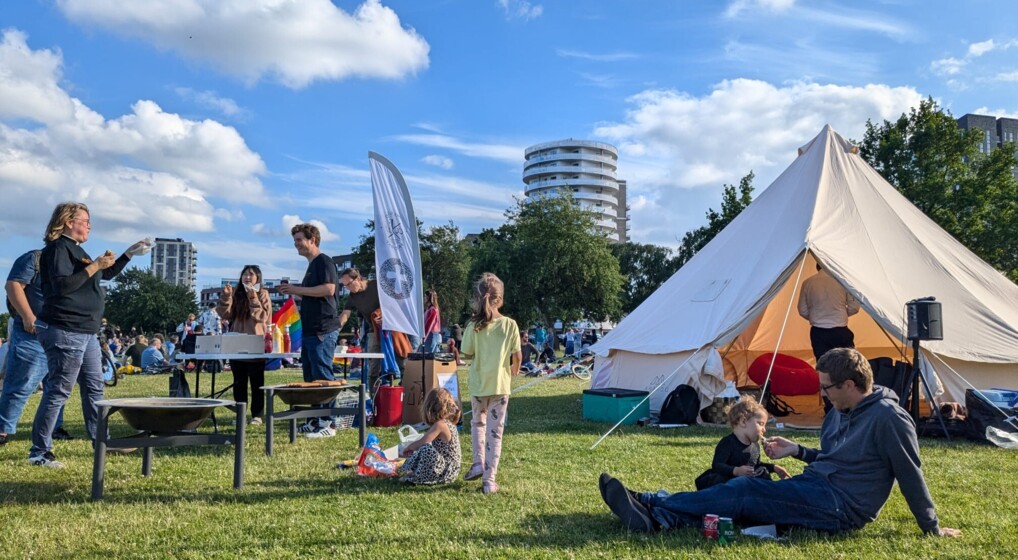Midsummer
In all the Nordic countries midsummer is a strong tradition, and on midsummernights eve (23rd of June) we celebrate the light of the world and summertime… and as the sting in the heart that from now on the days grows shorter, the midsummernight reminds us of the turning of the wheel of time. That we can despair looking down from the top of the wheel, or we can dance on it to stay a little longer, that You should live while we can, and love as long as we live.
The name Sankt Hans is from Saint John's Eve is, and is as many other Danish traditions a mixture of pagan and Christian traditions. Sankt Hans Aften celebrates the birth of St. John the Baptist with the Danish name Sankt Hans, who is believed to have been born on June 24th. However, because Danes, according to Nordic tradition, like to celebrate the night before, Sankt Hans Aften is celebrated on the eve of June 23rd -- just like Christmas is celebrated on December 24th instead of the 25th. The origin of the evening is a pagan marking of sun solstice, which later was altered to be a Christian tradition.

In the days leading up to Sankt Hans Aften, big bonfires are built and later burned on the eve, while groups of people watch and sing songs throughout the night. The bonfire would traditionally feature a straw witch, but it is no longer a staple of the night, since it does stem from the time of persecutions of witches, that took place all over Europe in the 17th century.

When and where?
At Folkekirken for Internationals we meet at Amager Strand, where we have a tent, we will sing together, enjoy our New International Choir, listen to a reflection fit for the evening of solstice and entry in to the summer months, as we will bbq a few hotdogs together.
If you arrive by Metro, get off at Øresund Station and walk straight to the beach, you will find us at the green area to the right -- it will be hard to miss us.
Always 23. June beginning from 5 pm.
